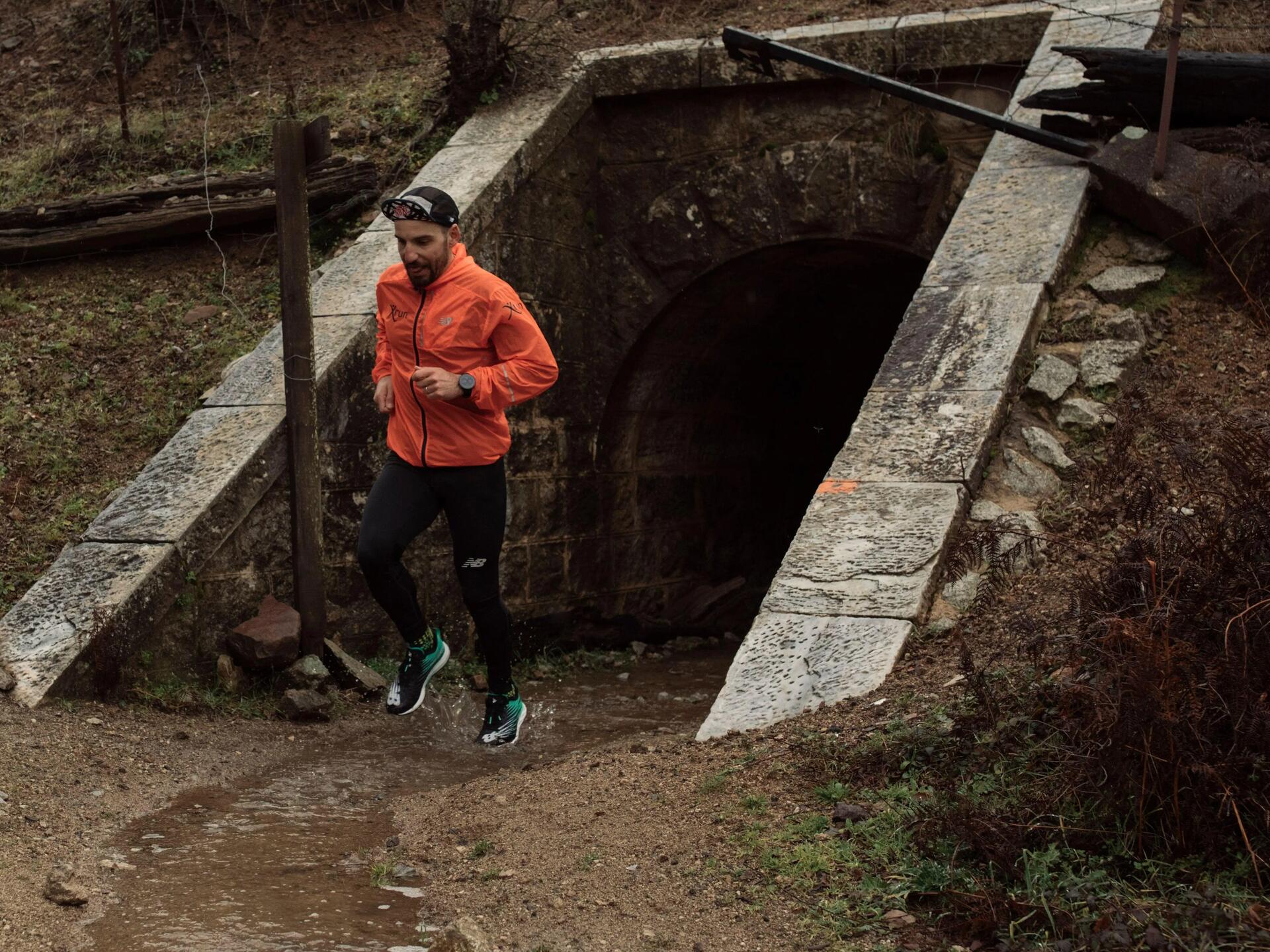What are the risks associated with winter running, and what are the solutions?
1. Risk of muscle and joint injuries due to the cold: Your muscles and joints may be more stiff in the cold weather, which increases the risk of injuries.
Solution: To prevent injury, it is essential to warm up properly with dynamic stretches to loosen your muscles before running. After your run, take the time to stretch again to avoid any muscle tension or stiffness. Also, start your run at an easy pace to give your muscles a chance to adapt to the cold weather.
2. Risk of slipping on icy or snowy surfaces: The sidewalks and running paths you normally use may be very slippery during the winter, which increases the risk of falling.
Solution: To minimize this risk, opt for running shoes that are specially designed for winter running with anti-slip soles for better grip. Also, choose running paths that are well maintained and cleared of ice and snow. If this is not possible, consider using crampons on your shoes.
3. Risk of hypothermia due to prolonged exposure to the cold: Running during the winter may lead to rapid loss in body temperature, which can be dangerous for your health.
Solution: To face the winter weather and avoid hypothermia, dress in layers that will help trap your body heat. Wear technical clothing, like Merino wool, that wicks away moisture and choose materials with good insulation to keep you warm during your winter activity. Don’t forget to cover the extremities, like hands and ears, with good gloves and a hat. Be aware of any signs you are experiencing excessive cold, such as numbness or shivering, and if necessary take the time to stop and warm up.











